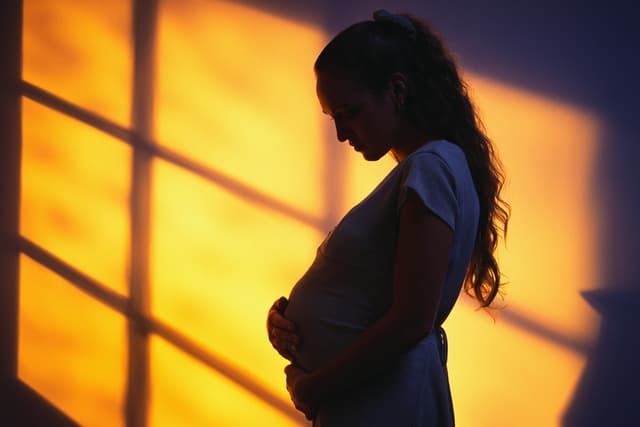The teen pregnancy rate in Canada is declining faster than in the United States, England or Sweden, and experts say that reflects a generation of teenagers who are better informed about sex and young women who see a future that includes goals other than motherhood.
Between 1996 and 2006, the most recent years for which information is available for all four countries, Canada’s teen pregnancy rate fell by 36.9 per cent, according to a study released Wednesday by the Sex Information and Education Council of Canada (SIECCAN). That’s compared to a 25 per cent decline in the U.S., a 4.75 per cent dip in England (where statistics include Wales) and a 19.1 per cent increase in Sweden.
The teen pregnancy rate in this country fell in each consecutive year of that decade, declining from 44.2 per 1,000 women aged 15 to 19 in 1996 to 27.9 in 2006.
“What’s striking is that the magnitude of decline appears to be more significant in Canada,” says Alex McKay, lead author of the study and research co-ordinator with SIECCAN. “Declining teen pregnancy rates for the country in general are indicative of better sexual and reproductive health among young women.”
In 2006, Canada’s teen pregnancy rate was lower than that of any of the other three countries, the report shows, and Canada has seen a decline both in babies born to teenage mothers and pregnant teens seeking abortions.
The Canadian teen birthrate – that’s the number of teens actually completing their pregnancies – fell 38 per cent over a decade and the teen abortion rate declined by 35.7 per cent, compared to a 21.7 per cent decrease in the teen birthrate in the U.S. and a 28.6 per cent drop in the teen abortion rate. In England, teen birthrates fell 13.2 per cent and the abortion rate increased by 9.1 per cent, while Sweden’s teen birthrate dropped 22.1 per cent and abortions rose by 30 per cent.
In Canada, the “teen pregnancy rate” typically includes births, abortions and stillbirths or miscarriages, but because of differences in the data among the four countries, the teen pregnancy rate for this study was calculated based on live births and abortions only. The miscarriage rate in this age group is “minuscule,” McKay says, so this likely had very little impact on the overall statistics.
“It’s still really taboo on lots of people’s minds about having sex, and I think it leads to the judgment around teen pregnancy. I think we live a double-standard and youth sometimes get caught in that double-standard that, ‘Sex is out there, but don’t do it!’ ” says Louise Moody, executive director of Humewood House, a young parents’ resource centre in Toronto. “People don’t stand up on a bus for a pregnant teen to have a seat, and that’s sad.”
Like McKay, Moody believes falling teen pregnancy rates are a result of better-informed young people making smarter choices about sex, but they also reflect young women who see a future for themselves that might include something other than motherhood, she says. In her experience, many of the young women who choose to become parents aren’t following the “traditional trajectory” through school to a career, she says, and they often lack role-models or stable homes.
“We need to read into teen pregnancy that there are young women for whom parenting is sometimes their rite of passage into adulthood . . . it’s not going to university,” Moody says.
Over the last decade, just over half of Canadian teen pregnancies ended in abortion, with births accounting for 45 to 50 per cent of teen pregnancies in any given year. In the U.S. over the same period, births accounted for 65 to 70 per cent of teen pregnancies, while in England, that figure hovered between 58 and 64 per cent.
In Sweden, however, teen births represent a small and declining portion of teen pregnancies, accounting for 19.1 to 30.3 per cent of teen pregnancies over the 10-year period in the study. By 2006, abortion accounted for about 80 per cent of Sweden’s teen pregnancy rate, and researchers have found that young women consider abortion “a viable – but at the same time undesirable – way of dealing with teen pregnancy,” says McKay.
~~~~~~~~~~~~~~~~~~~~~~~~~~~~~~~~~~~~~~~~~~~~~~~~~~~~~~~~~~~~~~~~~~~~~~~~~~~

